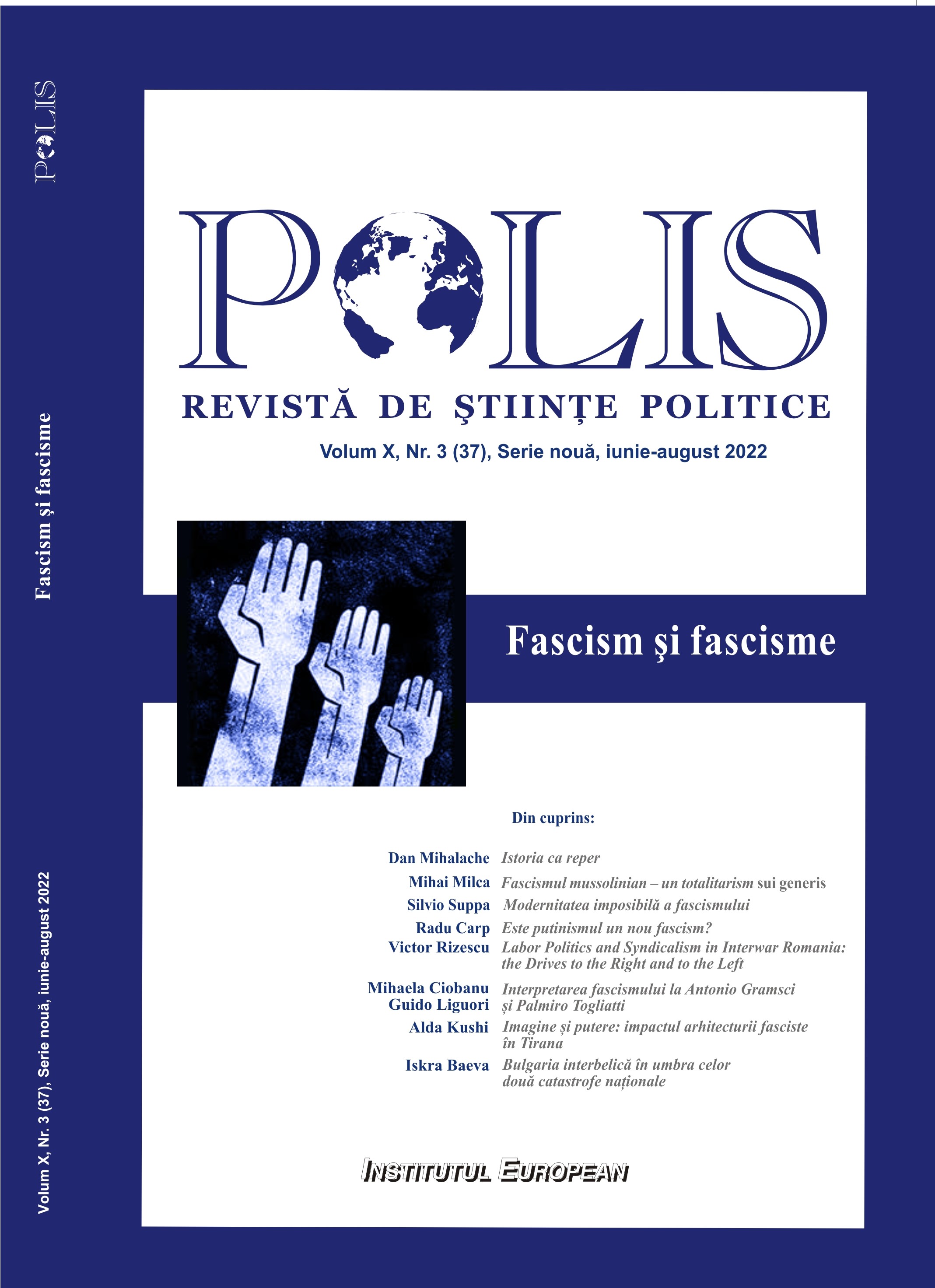Naționalism și eșec – statele naționale după Tratatul de la Paris
Nationalism and failure – nation states after the Treaty of Paris
Author(s): Ian BrowneSubject(s): Politics / Political Sciences, Politics, Political history, Politics and society, Interwar Period (1920 - 1939)
Published by: Editura Institutul European
Keywords: nationalism; David Miller; Treaty of Paris; inclusive; human solidarity; self; determination; citizenship;
Summary/Abstract: In the immediate aftermath of the Second World War the borders and the geographical distribution of Central and Eastern Europe’s population changed dramatically, with the forced movement of millions of people. The Treaty of Paris took as one of its aims the creation of independent nation states. The settlement negotiated there lasted barely 25 years and the political geography of Europe after 1945 bears little resemblance to that established by the Treaty of Paris; the human cost of the creation of the borders of modern European states was enormous. In the context of the European Union, which has dramatically reduced the importance of national borders within Europe, nationalism has come to be regarded as backward looking and reactionary, and progressive politics is seen as the overcoming of national identity. Many of the states in Central and Eastern Europe were either new entities, or had new borders. The issue facing them was how to include these new citizens within their new nation states, as the allegiance of these citizens to their new nations was by no means clear. Some were from groups with different languages and traditions, and others, even though they might share the same language and perhaps some of the traditions and culture of the new nation were by no means wholeheartedly committed to membership of their new nation. There is a well-established school of thought within anthropology, based on extensive field work, that ethnic identity is a fluid concept, as much created as given. Building on the idea that national identities are created, and on the ideas of Ernest Renan, the political theorist Professor David Miller of Oxford University takes the view that there is a form of nationalism, based on the real and created differences between peoples, that can be a positive and socially liberal force in the creation of collective identity. However, Miller offers no philosophical guarantees that an inclusive collective identity will be created. The chances are just as great of creating an exclusionary conception of national identity, one which sees some inhabitants of a country as being less than equal citizens or even as not being real members of the national community at all. Since Miller sees nations as moral communities, a locus where the virtue of human solidarity can be given practical expression through political decisions and policies, it raises the possibility of certain conceptions of nationalism serving as the basis for immoral / amoral communities. That is to say, national communities that are the site of exclusion and discrimination, of political ills rather than political good. The interwar period posed the question to many of the new and expanded states of Central and Eastern Europe of what sort of conception of national identity they wanted to create, and the failure of many of these states to establish stable geographical boundaries and stable populations whose ethnic composition survived after the end of the Second World War is indicative of a failure to establish the kind of inclusive conception of national identity which Miller sees as vital if nations are to be moral rather than immoral / amoral communities. In the light of David Miller’s theoretical model of a liberal nationalism that is both substantive and inclusive, I propose to look at what options were available and what went wrong in the aftermath of the decisions taken by the Big Four on national boundaries and ethnic homogeneity in the Treaties of Paris.
Journal: Polis. Journal of Political Science
- Issue Year: X/2022
- Issue No: 3 (37)
- Page Range: 43-52
- Page Count: 8
- Language: Romanian

